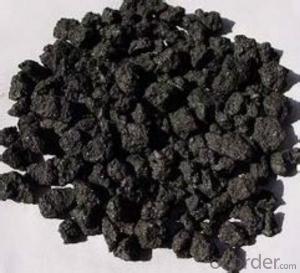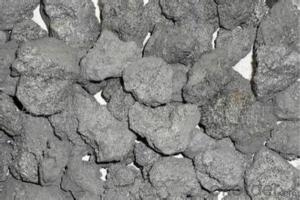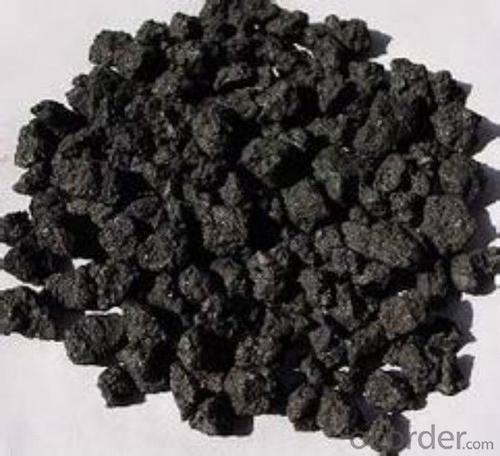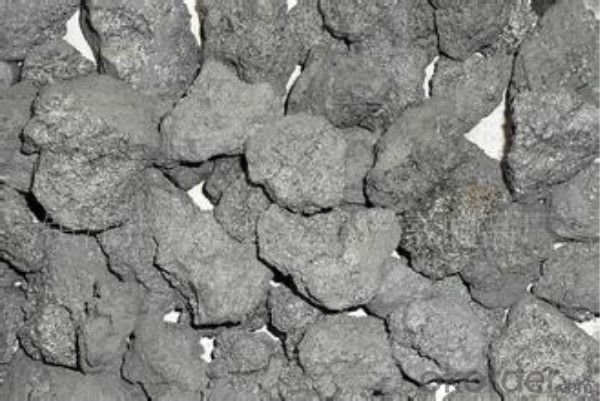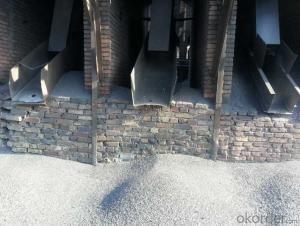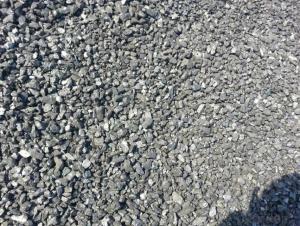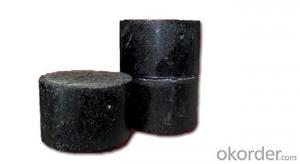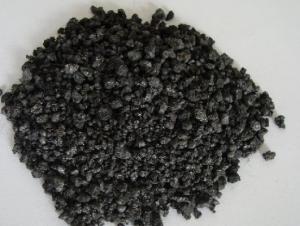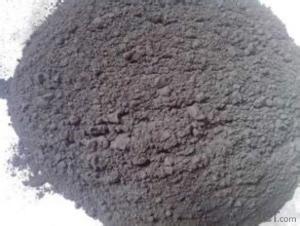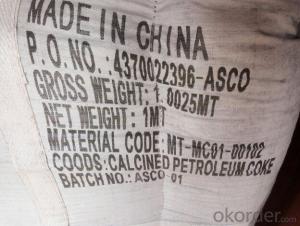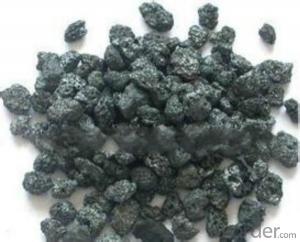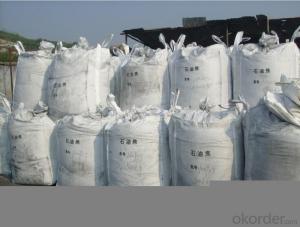FC 98.5% Calciend Petroleum Coke in steady Quality
- Loading Port:
- Tianjin
- Payment Terms:
- TT OR LC
- Min Order Qty:
- 20.6
- Supply Capability:
- 2060 m.t./month
OKorder Service Pledge
OKorder Financial Service
You Might Also Like
Brief introduction
Calcined Petroleum Coke comes from delayed coke which extracted from oil refinery. Although Calcined Petroleum Coke contains a little bit higher level of sulfur and nitrogen than pitch coke, the price advantage still makes it widely used during steel-making and founding as a kind of carbon additive/carburant.
BaoSteel is world famous organization. This calcined petroleum coke's raw material is from Bao Steel, which has great quality guarantee. It is more and more crucial for the steel industry and inreplacable
Features
Our product has follwing advantages:
The morphology, chemistry and crystallinity of recarburisers
have a major impact on the overall casting cost. The combined
application and cost benefits, which are derived through the
use of Desulco, enable foundries to manufacture castings in a
highly cost effective manner.
reduces
Recarburiser consumption
Power consumption
Inoculant consumption
MgFeSi consumption
Furnace refractory wear
Scrap rate
Tap to tap time
Slag inclusions risk
Chill
increases
Casting microstructure
Productivity
Process consistency
Specifications
Products | CPC | ||
F.C.% | 98.5MIN | 98.5MIN | 98MIN |
ASH % | 0.8MAX | 0.8MAX | 1MAX |
V.M.% | 0.7 MAX | 0.7 MAX | 1 MAX |
SULFUR % | 0. 5MAX | 0. 7MAX | 1MAX |
MOISTURE % | 0.5MAX | 0.5MAX | 1MAX |
Pictures
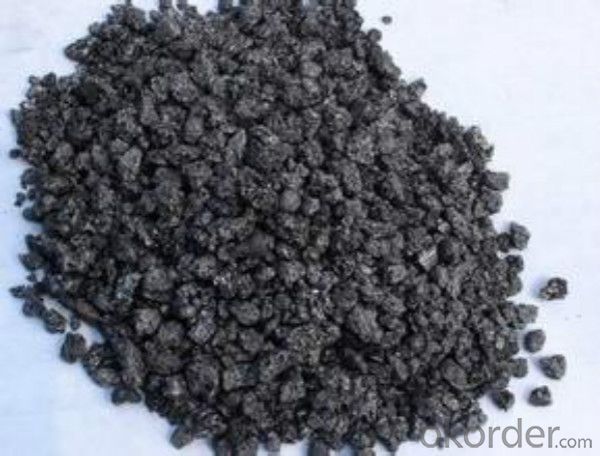
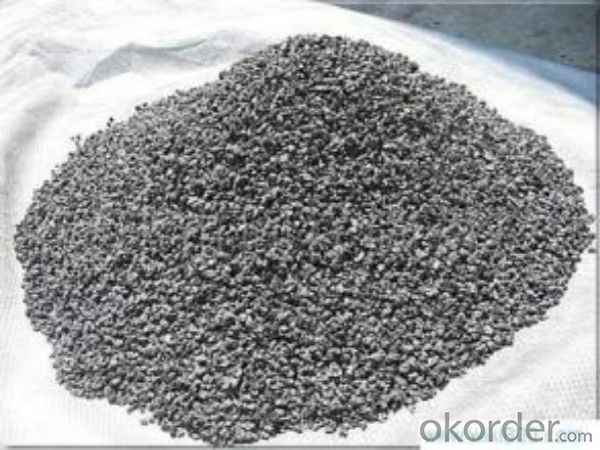
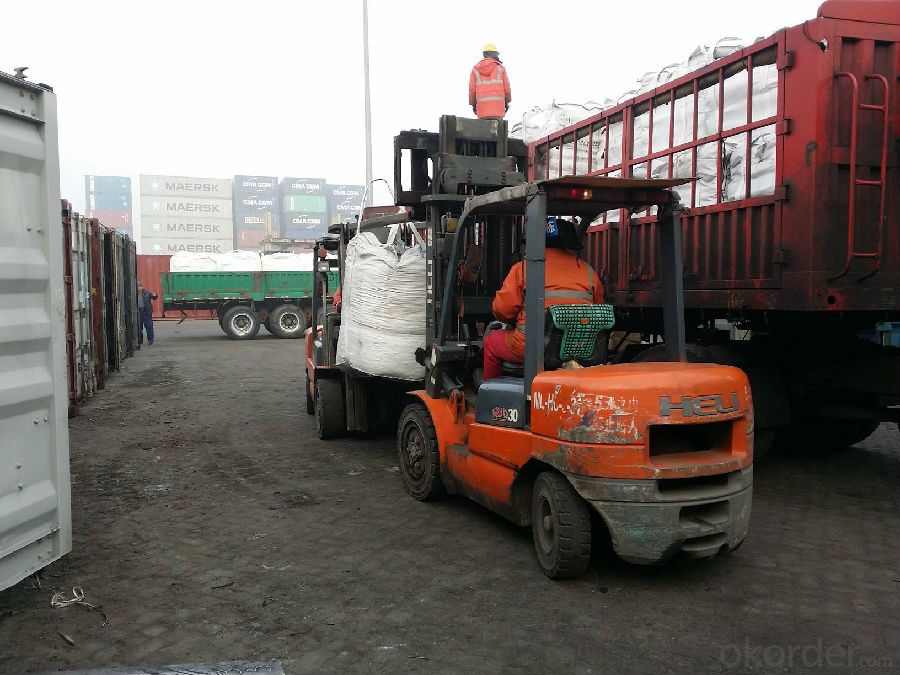
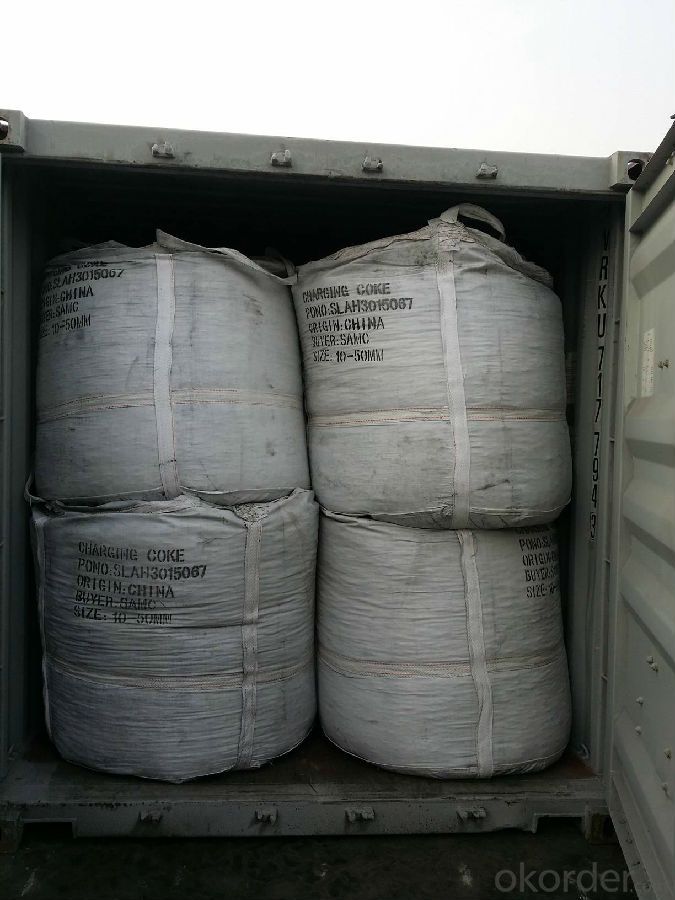
FAQ
1 What is the package?
In jumbo bag with/without pallet
2 What is the delivery time?
25 days after receiving the workable LC or down payment
3 What is the payment term?
T/T, L/C,D/P,D/A
- Q: What is the density of carbon?
- The density of carbon is approximately 2.26 grams per cubic centimeter.
- Q: Well, recently, the carbon cycle has suddenly come up with a lot of questions. What's the definition of carbon and light carbon? What are the characteristics, and what are the differences between the two?
- The organic matter is composed of recombinant LFOM was completely decomposed residue or, to re synthesis of aromatic substances as the main organic matter (mainly humus), its stable structure is complex, in fact this part of organic matter in soil clay is a combination between, or in the process of the formation of soil aggregates Among the internal organic matter enclosed in aggregates, plays a very important role in maintaining the structure of aggregates, it is difficult to be utilized by microorganisms, soil carbon pool is stable. The content of 2 components of features from a certain extent that the carbon sensitive to climatic and environmental changes of the reaction.
- Q: What are the properties of carbon fibers?
- Carbon fibers possess a range of remarkable attributes, rendering them a distinctive and adaptable material. One noteworthy characteristic is their exceptional strength-to-weight ratio. Carbon fibers exhibit tremendous strength, often surpassing that of steel, while also being significantly lighter. This quality makes them exceptionally well-suited for industries such as aerospace and automotive, where high strength and low weight are essential. Another significant attribute of carbon fibers is their stiffness. They possess a high degree of rigidity, ensuring minimal deformation when subjected to applied loads. This property proves advantageous in applications that require stability and rigidity, such as the construction of sporting goods like tennis rackets or golf clubs. Additionally, carbon fibers display outstanding resistance to chemical corrosion. They exhibit a high level of resistance to the detrimental effects of chemicals or corrosive substances, making them highly suitable for use in harsh environments. Industries such as chemistry or offshore structures prefer carbon fibers due to this property. Furthermore, carbon fibers have a low thermal expansion coefficient, indicating minimal expansion when exposed to heat. This characteristic is vital in applications where thermal stability is crucial, such as the manufacturing of high-temperature components like turbine blades or heat shields. Moreover, carbon fibers possess excellent fatigue resistance, enabling them to endure repeated loading and unloading cycles without significant damage. This attribute is particularly advantageous in applications subjected to cyclic or dynamic stresses, including the construction of sports equipment or aerospace structures. Lastly, carbon fibers exhibit excellent electrical conductivity. They efficiently conduct electricity, making them suitable for applications that require electrical conductivity, such as lightning strike protection in the aerospace industry or the production of electronic devices. In summary, the high strength-to-weight ratio, stiffness, chemical resistance, low thermal expansion, fatigue resistance, and electrical conductivity of carbon fibers establish them as a highly sought-after material in various industries.
- Q: What are carbon-based superconductors?
- Carbon-based superconductors are a type of material that exhibit superconductivity, a phenomenon where electrical resistance drops to zero at low temperatures. Unlike conventional superconductors, which are typically metallic elements or alloys, carbon-based superconductors are composed primarily of carbon atoms. These materials are known for their unique structure and properties, which make them highly efficient conductors of electricity when cooled below a certain critical temperature. Carbon-based superconductors can be categorized into two main types: organic superconductors and fullerene superconductors. Organic superconductors are made up of carbon-based molecules, such as organic salts or polymers, which form a crystal lattice structure. These materials have been extensively studied and have shown promising superconducting properties at low temperatures. Fullerene superconductors, on the other hand, are composed of carbon molecules arranged in a specific cage-like structure, called fullerenes. The most well-known fullerene is C60, also known as a buckyball, which consists of 60 carbon atoms arranged in a soccer ball-like shape. By doping these fullerene cages with certain elements, such as alkali metals or transition metals, their superconducting properties can be enhanced. What makes carbon-based superconductors particularly interesting is their potential for high-temperature superconductivity. While most conventional superconductors require extremely low temperatures close to absolute zero (-273.15°C or -459.67°F) to exhibit superconductivity, some carbon-based superconductors have been found to retain their superconducting properties at relatively higher temperatures. This property is crucial for practical applications, as it allows for easier cooling and opens up possibilities for widespread use of superconductivity in various fields, including energy transmission, magnetic levitation, and quantum computing. However, it is important to note that carbon-based superconductors are still an active area of research, and many challenges remain in understanding their mechanisms and improving their superconducting properties. Nonetheless, the discovery and exploration of these materials hold great promise for advancing the field of superconductivity and enabling new technological breakthroughs.
- Q: Now the furnace rock carbon early deleted, more than +10, he wants advanced I can't do ah
- High-grade furnace rock carbon is in the previous time, Tencent limited, only the mall can buy! Now, the mall is off the shelf! It's already gone! Thank you!
- Q: What is the relationship between carbon emissions and deforestation?
- The relationship between carbon emissions and deforestation is closely intertwined. Deforestation refers to the permanent removal of trees and vegetation in forests, usually to make way for agricultural land, urban development, or logging. This process releases large amounts of carbon dioxide (CO2) into the atmosphere, contributing to greenhouse gas emissions and climate change. Trees play a crucial role in mitigating climate change as they absorb CO2 from the atmosphere through photosynthesis and store it in their tissues. When forests are cleared, this carbon storage capacity is lost, and the carbon previously stored in trees is released back into the atmosphere. Deforestation is estimated to be responsible for around 10% of global greenhouse gas emissions. Furthermore, the burning of forests, a common practice during deforestation, also contributes to carbon emissions. When trees are burned, the stored carbon is released as CO2, exacerbating the greenhouse effect. This is particularly significant in tropical regions where deforestation is prevalent, such as the Amazon rainforest. Conversely, reducing deforestation and promoting reforestation can help mitigate carbon emissions. By preserving existing forests and planting new trees, we can enhance carbon sequestration and reduce the amount of CO2 in the atmosphere. Forest conservation and restoration efforts are crucial components of global climate change strategies, as they not only help combat climate change but also preserve biodiversity and provide vital ecosystem services. In conclusion, the relationship between carbon emissions and deforestation is clear: deforestation leads to increased carbon emissions, while forest conservation and reforestation efforts help reduce carbon dioxide levels in the atmosphere. It is essential to prioritize sustainable land-use practices and support initiatives that protect and restore forests to mitigate climate change effectively.
- Q: Is carbon monoxide good for people?
- Carbon monoxide is a common poison, but trace use is good for organ transplants. British researchers have recently developed a new method that can effectively use carbon monoxide to help transplant organs survive, while avoiding the risk of carbon monoxide poisoning.Excessive inhalation of carbon monoxide poisoning will lead to death, carbon monoxide into the human body, and soon the hemoglobin in blood combined with the formation of carboxyhemoglobin, causes red blood cells to reduce the oxygen carrying, the tissue hypoxia in vivo. The cardiac and central biblical system is the most sensitive to hypoxia and the earliest affected. In the air of carbon monoxide concentration reached 117 mg / M 3, people can feel headache, vertigo: up to 292.5 mg / M 3 symptoms; up to 582.5 mg / M 3 will be nausea and vomiting, exhaustion, if not timely rescue can have life risk. When the concentration of carbon monoxide in the air reaches 11700 mg / M 3, a coma occurs; the concentration of carbon monoxide in the air reaches 1170 mg / m. The 3 spoons will soon die.
- Q: What are the impacts of carbon emissions on the stability of grasslands?
- Carbon emissions can have significant impacts on the stability of grasslands. Increased levels of carbon in the atmosphere contribute to global warming, which in turn leads to changes in precipitation patterns and higher temperatures. These changes can result in drought conditions and increased frequency and intensity of wildfires, both of which can destabilize grasslands. Additionally, elevated carbon dioxide levels can promote the growth of invasive plant species, which can outcompete native grasses and disrupt the balance of grassland ecosystems. Overall, carbon emissions pose a threat to the stability and biodiversity of grasslands.
- Q: What does "carbon neutrality" mean?
- Carbon neutral (Carbon, Neutral)The new Oxford English dictionary published in 2006 annual vocabulary "Carbon Neutral", Chinese translated as "carbon neutral", global warming and carbon dioxide emissions are closely related, "carbon neutral" refers to the total emissions of carbon dioxide is calculated, and then put these emissions by planting digest compensation, do not give the earth additional greenhouse gas emissions (mainly including carbon dioxide, methane etc.) burden, achieve the purpose of environmental protection.
- Q: What are the different types of carbon-based composites?
- There are several different types of carbon-based composites, including carbon fiber reinforced polymers (CFRP), carbon nanotube composites, carbon nanofiber composites, and graphene composites.
Send your message to us
FC 98.5% Calciend Petroleum Coke in steady Quality
- Loading Port:
- Tianjin
- Payment Terms:
- TT OR LC
- Min Order Qty:
- 20.6
- Supply Capability:
- 2060 m.t./month
OKorder Service Pledge
OKorder Financial Service
Similar products
Hot products
Hot Searches
